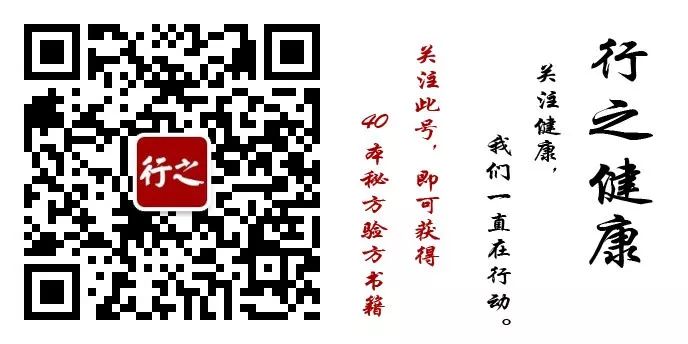Breast Fibroadenoma (Rǔpǐ)
Authors: Xie Xincai, Wang Guiling
[Case Study]Case 1: Zhang, female, 23 years old, unmarried.Main complaint: A mass in the right breast for over 3 months. Present illness: Three months ago, the patient discovered two masses in the right breast, each the size of a jujube. Recently, due to work stress, she has often felt discomfort in the chest, breast distension and pain, especially noticeable before menstruation, sometimes accompanied by shortness of breath and chest tightness. She visited a Western hospital, diagnosed with “breast fibroadenoma,” and advised to observe for a period; if it continues to grow, surgical removal was suggested. The patient, fearing surgery, sought treatment.Observation: The appearance of the breast is normal, with no redness or swelling. Tongue: pale red, thin white coating. Pulse: thin. Physical examination: Two palpable masses in the breast, the larger approximately 1.5cm x 2cm, smooth surface, movable.Diagnosis: Liver Qi stagnation, Qi and blood stasis. Acupuncture points: Zú Línqì (足临泣). Needling method: Insert filiform needle into Zú Línqì, using a reducing technique, retaining the needle for 30 minutes. Once every other day.After the acupuncture, the patient felt a sense of relief in the chest. After three sessions, the masses reduced in size, and after a total of 10 treatments, the masses disappeared.Case 2: Zhang, female, 41 years old.Main complaint: A hard lump in the left breast for several years. Present illness: The patient has had a hard lump in the upper left breast for several years, initially the size of a jujube, which has gradually enlarged to the size of a walnut due to anger and emotional depression. Additionally, several small nodules have formed below, which are tender and movable, raising concerns about a malignant tumor. She went to a hospital for examination and was diagnosed with “mammary hyperplasia.””>Observation: Complexion yellow, tongue coating white. Pulse: thin and wiry. Physical examination: A palpable mass in the upper left breast, approximately 3cm x 3cm, with several small nodules below.Diagnosis: Liver and kidney deficiency, liver Qi stagnation, Qi and blood stasis. Treatment principle: Nourish Yin and tonify the kidneys, soothe the liver and relieve depression, warm and unblock the meridians, harmonize Qi and blood. Acupuncture points: Zhàohǎi (照海), Zú Línqì (足临泣), local (Ah Shi points). Needling method: Insert filiform needle into Zhàohǎi and Zú Línqì, tonifying the former and reducing the latter, retaining the needle for 30 minutes. Use fire needles with rapid needling technique, puncturing the masses with 3-5 needles (each mass). After two sessions, tenderness disappeared, and after a total of 8 treatments, the hard lumps basically disappeared, and treatment was stopped.[Commentary]This condition can be divided into three types: Liver Qi stagnation type is common in young women during development, where emotional fluctuations can easily lead to liver Qi stagnation, resulting in Qi and blood stasis, which is a condition of excess. The Zú Línqì point can be needled to alleviate this, as it is a point on the Gallbladder meridian, which is closely related to the liver, and needling this point can regulate liver Qi and relieve stagnation, allowing the condition to resolve. Liver and kidney Yin deficiency type is more common in middle-aged and menopausal women, where childbirth or fatigue can lead to a deficiency of both liver and kidney Yin. Needling the Zhàohǎi point on the Kidney meridian can tonify kidney Yin. The Chong and Ren meridians are often imbalanced in menopausal women, leading to various symptoms, often presenting a mix of deficiency and excess. Therefore, needling the Zhàohǎi point to tonify and the Zú Línqì point to reduce can harmonize the liver and tonify the kidneys, as the Chong and Ren meridians are closely linked to the liver and kidney meridians. The local manifestation of this condition is the presence of lumps in the breast, and the use of fire needles to puncture the lumps has the effect of dispersing and relieving stagnation, thus yielding good results. Clinically, based on the actual situation, all three types can be treated with distal needling combined with fire needle puncture of the local lumps, and the combination of both methods yields better clinical outcomes.
This article is excerpted from “Clinical Experience of National Medical Masters,” published by China Medical Science and Technology Press. Reprinted from the TCM Book Friends Association.
This year’s highest realm of a WeChat post! (Unparalleled)
“Children and grandchildren have their own blessings,” the next line is the essence, but few people know.
Why do kind people suffer more hardships in life!
New relationship theory (Incredible!)
70 illustrations that only adults can understand, leaving one feeling ashamed!
Lin Zexu’s “Ten Useless Things”


